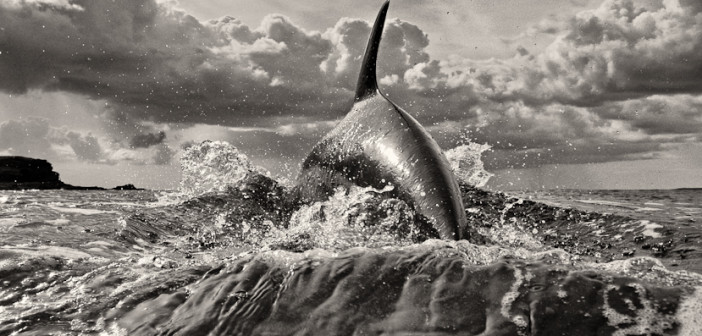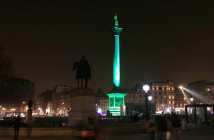Dolphins are once more to be part of the Russian Navy’s marine forces, the Russian Ministry of Defence has confirmed in an official procurement notice issued this week, seeking to recruit more of the sleek-finned, intelligent mammals.
Naval commanders want to buy five bottlenose dolphins to replenish their ageing pod at the Sevastapol Research Oceanarium in Cossack Bay off the coast of the Russian-annexed territory of Crimea – home of the Russian Black Sea Fleet.
An advert posted on the official procurement website of the Russian government specifies five bottlenose dolphins are required by 1 August – three male and two female, between the ages of three and five, and from 2.3 to 2.9 metres long. Moscow is willing to pay up to $25,000 for them.
While the creatures will be used in an official capacity, there is little indication as to what specific form this will take. While rumours of a maritime mammalian militia may be greatly exaggerated, dolphins have secretly been used in military roles for many years.
The use of military dolphins first came during the Cold War, when word of the United States dolphin and sea lion exercises reached the Kremlin. The Soviets quickly developed their own programme, apparently training the mammals to plant bombs on energy ships, locate lost divers, and look for sunken ships in the Black Sea. Some claim they were used to kill enemy frogmen. They can also be employed to detect underwater mines.
A Russian military spokesperson claimed that training new dolphins was now necessary to replace a pod of around ten older animals, who “like people, grow old, and even retire.”
The Russian naval dolphin flotilla is complicated further by the twisted recent history of Moscow’s naval HQ in Crimea, which was once a part of Soviet Ukraine. When the USSR collapsed, an independent Ukraine laid claim to the Crimean peninsula, but the Russian Fleet was permitted to remain in situ.
Bizarrely, the Ukrainian government started its own dolphin naval training programme in 2012, in the Crimea, complete with a training centre. But then came Russia’s annexation of the territory in 2014, and so the entire region, including all military zones, came under Moscow’s control.
Ukraine requested the return of its dolphins, a request that the Kremlin has not yet responded to. It is unclear whether the new dolphins sought by the Russian military will be used to complement the existing formerly Ukrainian finned fleet, as an extension to the programme.
It was reported that of the dolphins under the Ukrainian programme, ten could be equipped with knives. Though the Ukrainians suspended the ‘killer dolphin’ strategy, it is thought that Russia may now intend to revive it.
The upkeep of a military dolphin programme is not cheap. Russia’s marine mammal programme in the Arctic base of Murmansk was greatly diminished by 1999 when 27 dolphins were sold by their trainer, Boris Zhurid, to Iran.
The Crimean annexation alongside continued fighting in Ukraine and growing tensions with Black Sea neighbours Turkey over Russian intervention in Syria, may have prompted the Russian authorities to once again look into the use of the friendly-looking creatures, one branch of which – Tursiops ponticus – is native to the Black Sea.
The bottlenose dolphin is twice the size of a human being and has the second largest amount of brain in ratio to its body size after Mankind, which has convinced naturalists that they are sophisticated and sentient creatures.





